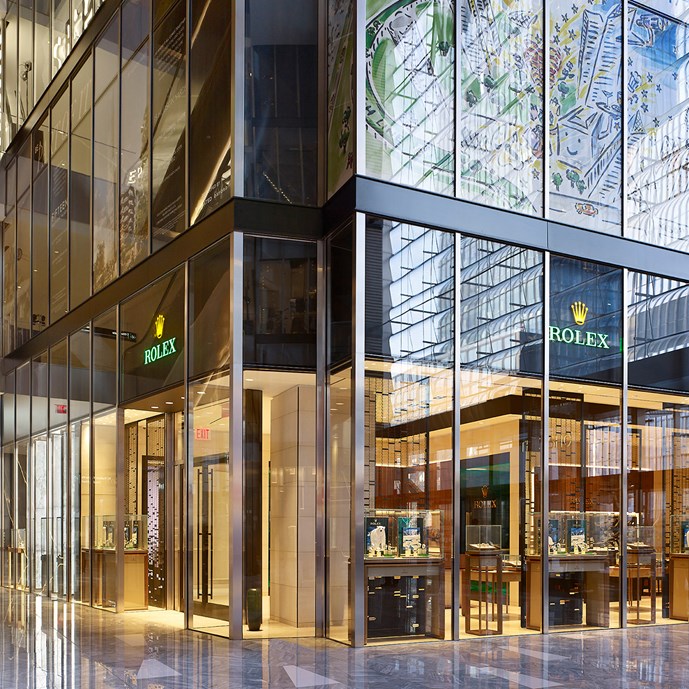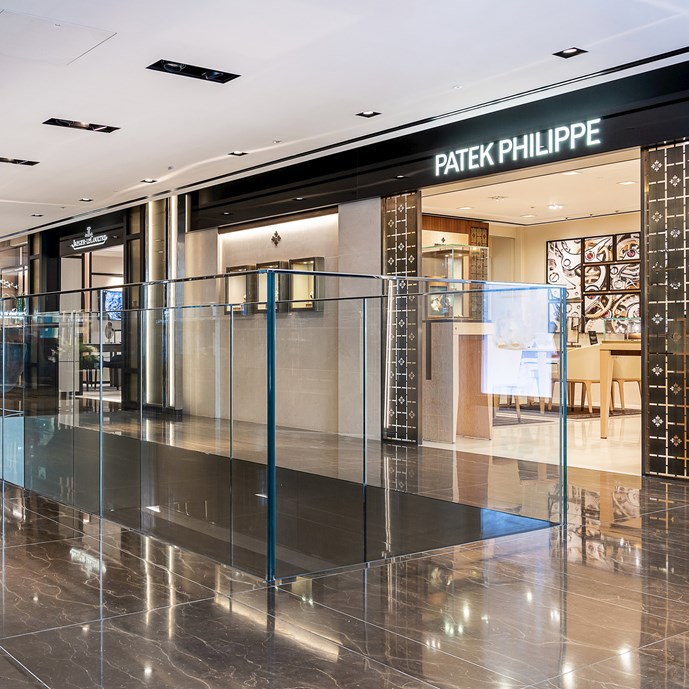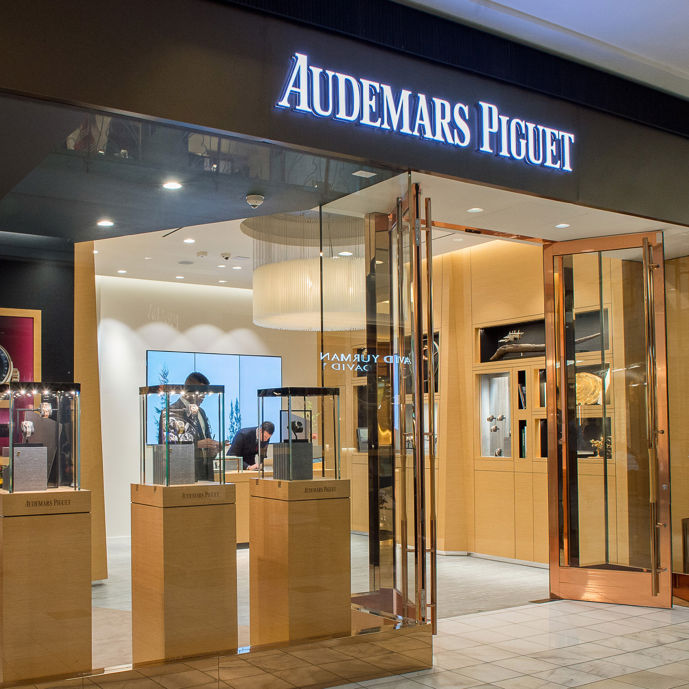the Luxury Watch market has a strong track record
The luxury watch industry is well protected with high barriers to entry and a track record of consistent long-term growth, underpinned by sustained investment and elevated innovation.
The Group estimates global retail sales of luxury watches were approximately £50.8 billion in calendar year 2023. This is based on the estimated retail value of Swiss luxury watches (Swiss exports and the Swiss market), repairs and services and the contribution from non-Swiss luxury watch brands.
Luxury watches have continued to be supported by long-term increases in prices, with the average selling price (ASP) of Swiss watch exports (wholesale) generating a 23-year CAGR of +5.5% (2023 vs 2000).
Watches at the luxury end of the market have outperformed lower priced segments and represent 94% of the value of global Swiss watch exports in 2023.
In recent years the US market has been leading in terms of Swiss watch exports growth. The UK market has seen a slight decline in the first four months of 2024, but is significantly up on a two-year basis.
disciplined distribution management through Selective DISTRIBUTION agreements
Distribution of luxury watches takes place under Selective Distribution Agreements, strict legally binding contracts entered into with brands on a point-of-sale basis. These are ordinarily limited by geography and ensure retailers maintain strict presentation standards. Selective Distribution Agreements enable brands to manage the number of points of sale and qualitative criteria on retailer approval. Product presentation and client experience are closely monitored by the brand owners.
Globally, the retail market for luxury watches is predominantly comprised of a large volume of small retailers.
global BRANDS HAVE SUPPLY DRIVEN GROWTH
For the total luxury watch industry, demand has increased at a faster rate than production, in part reflecting the labour-intensive nature of watchmaking and its dependence on highly skilled watchmakers in Switzerland. Long-term growth has been underpinned by increased average selling price (ASP), positive mix effects and limited volume increases.
Luxury watch brand owners are made up of major independents, large groups and smaller independents. Our Group provides the largest selection of luxury watches covering a wide range of prices and consumer preferences, including the largest and best-known brands alongside smaller independent brands.
We stock confidently which provides our clients with a greater width and depth of availability.
loyal, Diverse, multi-generational cLIENT base
Luxury watches attract a set of shoppers, who can become repeat clients, spanning age, income groups and genders. The internet has, over the years, had an increasingly positive impact on digital and social media appealing to a younger market.
Our showroom design, location, marketing and the Group's unique client service appeal to a broad demographic audience.
Market trends have benefitted more recently from price increases and consumer trends towards higher price point products.
continuous PRODUCT INNOVATION and advancement
Luxury watches are characterised by a focus on product innovation and advancement which are normally introduced at prestigious watch fairs in Switzerland. In the UK and the US, there is a strong preference for sports models with the key brands consistently investing to ensure the highest degree of technical specifications.
This year we attended Watches and Wonders 2024, the largest watchmaking gathering ever to take place in Geneva, where exciting new products were launched, accompanied by relevant marketing support.
Watchmakers are making greater use of strap and dial combinations to increase consumer interest.
The luxury watch industry is benefiting from greater flexibility over production and reduce product development timeframes due to the advancements in 3D printing.
















